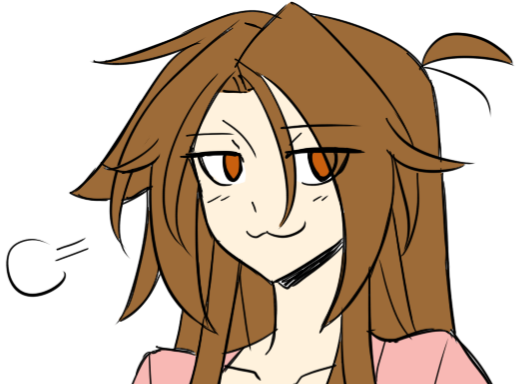

With only monthly visits from a friend in the town of Tateyama in Chiba Prefecture, the loneliness and harsh training became grueling. One of his students named Yashiro accompanied him, but after the rigors of this isolated training, with no modern conveniences, the student snuck away one night, and left Oyama alone. Oyama built a shack on the side of the mountain. military as I could, until my portrait was all over the police station." Oyama retreated to a lone mountain for solace to train his mind and body. After the war ended, I was angry- so I fought as many U.S. He later reminisced those times in a television interview, "Itsumitemo Haran Banjyo" (Nihon Television), "I lost many friends during the war- the very morning of their departure as Kamikaze pilots, we had breakfast together and in the evening their seats were empty. Īround the time he also went around Tokyo getting in fights with the U.S. However, sources say that Oyama had little interest in Bogutsuki Karate as a sport.
#Matsu sensei full
In Kanbukan, Karate was practised with Bōgu/protective gear ( Bogutsuki Karate), which allowed for delivering strikes with full force, and may have influenced Oyama's full contact fighting mentality. Nei-Chu So was also an active trainee at Kanbukan and likely taught Goju-Ryu to Oyama there. Oyama then studied Gōjū-ryū karate for several years with Nei-Chu So ( 소 나이 추 / 曺(曹)寧柱, 1908–1996) who was a fellow Korean from Oyama's native province and a senior student of the system's founder, Chojun Miyagi.Īt sometime between 19, Mas Oyama trained at Kanbukan, a dojo founded by high ranking students of Kanken Toyama known for its large degree of Zainichi Korean membership. Oyama later attended Takushoku University in Tokyo and was accepted as a student at the dojo of Gichin Funakoshi where he trained for two years. To stay focused he remained isolated and trained in solitude. He became a student, and began his lifelong career in Karate. Wanting the best in instruction, he contacted the Shotokan dojo (Karate school) operated by Gigō Funakoshi, the third son of karate master and Shotokan founder Gichin Funakoshi. In 1946, Oyama enrolled in Waseda University School of Education to study sports science. This is where he met his future wife Oyama Chiyako (大山 置弥子) whose mother ran a dormitory for university students. He finally found a place to live in Tokyo. In 1945 after the war ended, Oyama left the aviation school. It was translated into Hungarian, French, and English. In 1963, Oyama wrote What is Karate, which became a best-seller. As the seed grew and became a plant, Oyama later said, "I was able to jump between walls back and forth easily." The writer, Ikki Kajiwara, and the publisher of the comics based the story on the life experience Oyama spoke to them about – thus the title became "Karate Baka Ichidai" (Karate Fanatic). One story of Oyama's youth involves Lee giving young Oyama a seed which he was to plant when it sprouted, he was to jump over it one hundred times every day. Baedal was an ancient Korean kingdom known in Japan during Oyama's time as " Ancient Joseon". Sometime during his time in Japan, Choi Yeong-Eui chose his Japanese name, Oyama Masutatsu ( 大山 倍達), which is a transliteration of Baedal ( 倍達). In March 1938, Oyama left for Japan following his brother who enrolled in the Imperial Japanese Army’s Yamanashi Aviation School. His family was of the landed-gentry class, and his father, Choi Seung Hyun, writing under the pen name of "Hakheon," was a noted composer of classical Chinese poetry. The story of the young Oyama's life is written in his earlier books. His family name was Lee and Oyama said he was his very first teacher. Oyama began studying Chinese martial arts at age 9 from a Chinese farmer who was working on the farm. At a young age he was sent to Manchukuo to live on his sister's farm. Mas Oyama was born as Choi Yeong-Eui ( 최영의) in Kintei, Korea. A Zainichi Korean, he spent most of his life living in Japan and acquired Japanese citizenship in 1968. Masutatsu Ōyama ( 大山 倍達, Ōyama Masutatsu, born Choi Yeong-eui ( Hangul: 최영의 Hanja: 崔永宜) J– April 26, 1994), more commonly known as Mas Oyama, was a karate master who founded Kyokushin Karate, considered the first and most influential style of full contact karate.


 0 kommentar(er)
0 kommentar(er)
